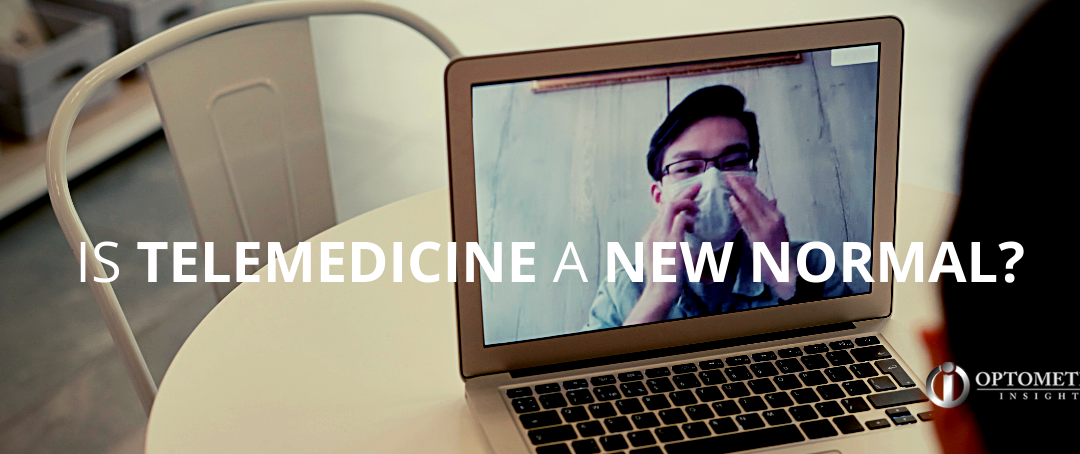The year 2020 was supposed to be the year of the eyecare practitioner (ECP)…can we get a redo please? With the coronavirus pandemic raging through the United States, many eyecare offices were forced to close temporarily for the purpose of keeping patients and staff safe. It completely rocked the eyecare world, affecting the jobs of practitioners and staff members, and it also placed a halt on many patients’ access to eye care. Many routine examinations were postponed. However, the act of closing our offices did not prevent patients from getting corneal abrasions, having red eyes, needing medication refills, or any other issues that did require the immediate attention of an ECP. As such, ECPs needed to refocus their attention on telemedicine, an area that many did not previously incorporate into their practices. So we ask: Is telemedicine a new normal?
Pros and Cons
There are many pros to telemedicine, the biggest of which is that it’s virtual. During a time in which social distancing and six-foot separations were crucial, having your face inches from a patient’s face at a slit lamp was not going to cut it. Telemedicine allowed ECPs to still provide patient care without risking exposure. In our practice, we found that this type of care is especially effective for those who have chronic conditions—such as allergic conjunctivitis or dry eye—who need to check in with you prior to releasing a medication to the pharmacy.
Patients can also get peace of mind through speaking with a professional about the severity of their symptoms; they can then pass the “responsibility baton” to us to decide whether they need to be seen in person or not. Telemedicine truly leverages the power of technology to provide patients with convenience, flexibility, and real-time care as well as access to their practitioner.
Though communicating with patients without being in person is the biggest advantage of telemedicine, it is also its greatest drawback; many ocular conditions cannot be treated without physical interaction with patients. How do you perfect a scleral fit through verbal communication or a cell phone camera? How can you assess glaucomatous progression without the use of ancillary testing or seeing the nerve for yourself?
While telemedicine can never fully replace in-person care, this time period helped shift perspectives. Telemedicine does not replace traditional eye care, but it could allow ECPs to offer an additional service. For example, patients who have lengthy questions about when or how to use computer glasses or who want to clarify their glaucoma medications can do so without making an in-person appointment.
Another pro is that ECPs can bill for the time spent on these interactions. Where providers may have historically avoided phone or virtual conversations with patients, they can now provide better care because they want to help them and can be paid for their time.
The Verdict
While this year has not been ideal so far, maybe 2020 can be about finding a new and improved vision for ECPs to better serve their patient communities. Through these tough times, eye care has adapted a different approach to provide patient care that has managed to get us through.
While we return to seeing patients regularly again for routine eye care, maybe the one thing that we can bring with us into the post-pandemic future is telemedicine. It may not be an everyday item, but it certainly is fitting into our practices’ new normal. CLS
READ MORE: https://www.clspectrum.com/issues/2020/september-2020/is-this-the-new-norm





